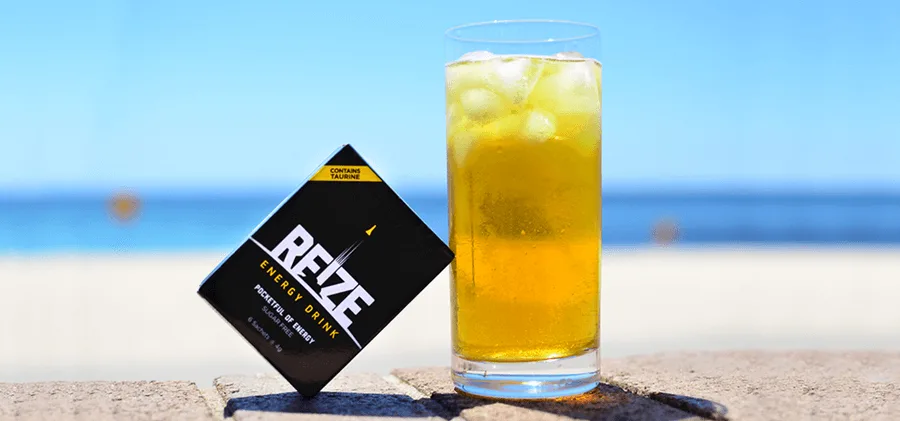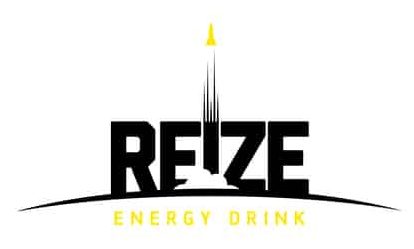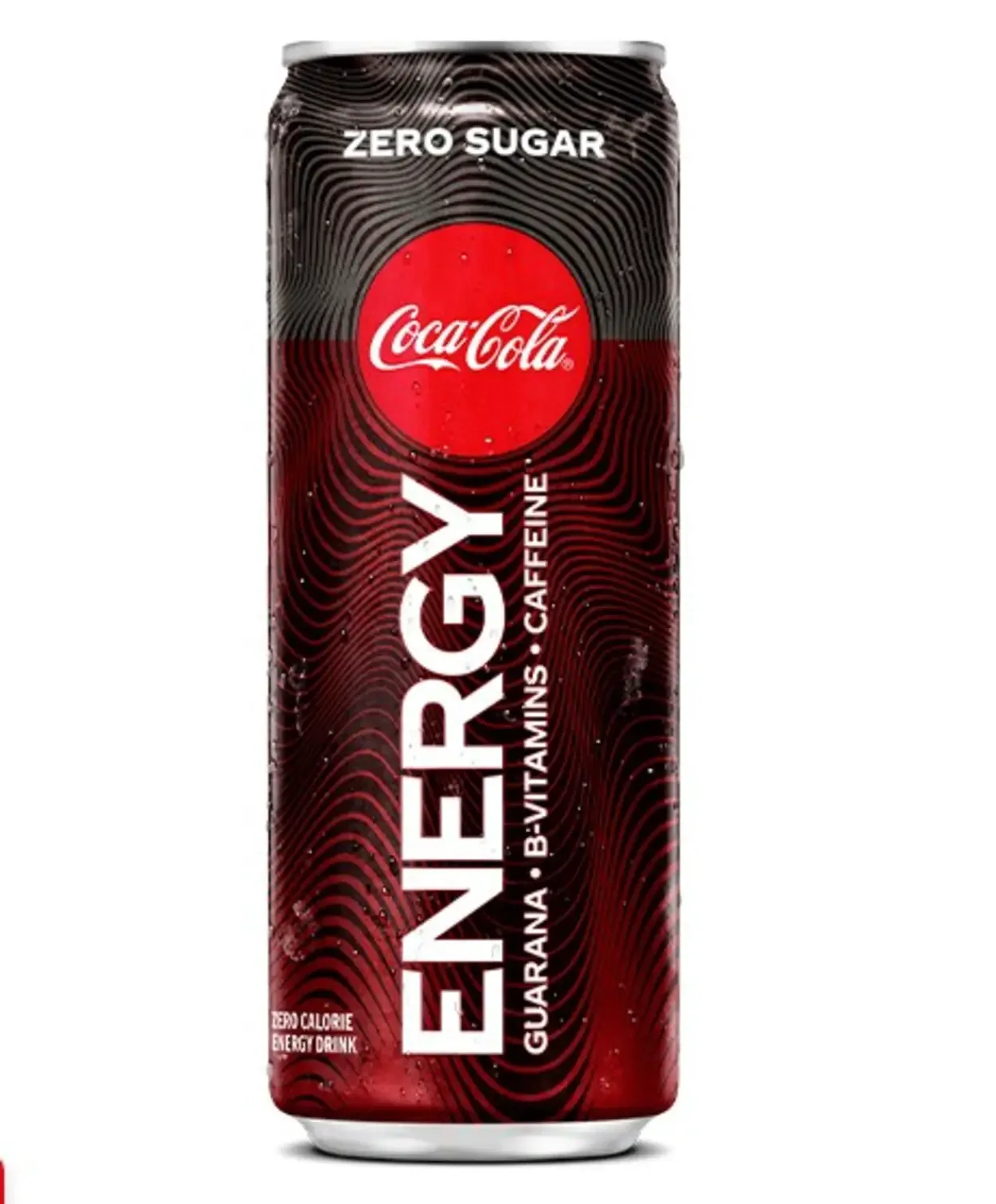It’s time to celebrate for Coca-Cola aficionados who like energy drinks. Earlier this year, Coca-Cola developed its energy drink, the “Coca-Cola energy drink” which includes a wide array of ingredients and nutrients.
When Coca-Cola Energy was first introduced, it was exclusively available in Europe and Australia, with the familiar flavour of Coca-Cola. However, it is now distributed in different parts of the world.
A curious mind may want to know, what’s in these drinks, and are they really worth the hype? Hence, continue reading to find out what really is about these drinks.
What is a Coca-Cola Energy drink?
Coca-Cola Energy is the first energy drink to be launched under the Coca-Cola brand. It’s Coca-Cola’s attempt to enter the booming energy drink industry, challenging the likes of Red Bull.
The drink was launched in April 2019 in Hungary and Spain – two relatively small European energy drink markets. In June 2019 Coca-Cola energy also launched in Australia and parts of Asia.
Coca-Cola Energy officially launched in the United States in January 2020, a move that was announced several months earlier, in October 2019.
The US launch came with two new flavours exclusive to the US – cherry and a sugar-free version of cherry.
Where is the Coca-Cola Energy drink made?
When it first became available, the Coca-Cola energy drink is made in Romania and Europe.
That was true at the time of launch, but as the availability of Coca-Cola energy drink spreads to more countries it is likely that the drink will be manufactured locally, instead of being shipped from central Europe.
The company behind Coca-Cola energy is, unsurprisingly, The Coca-Cola Company.
The company is responsible for manufacturing many beverages that we’ve grown to know and love, the most notable being Coca-Cola and Sprite.
The Coca-Cola Company is by far the largest beverage company in the world.
Interestingly, the company is also the sponsor for some of the world’s most notable sports events such as the Olympic Games, The FIFA World Cup, the NBA, the NFL, MLB, the NHL, and also the Indian Premier League.
Coca-Cola Energy Ingredients
Each can of Coca-Cola Energy contains:
| Nutritional Value | Coca-Cola |
| Energy | 105 calories |
| Protein | 0g |
| Carbohydrates | 26g |
| Sugar | 26g |
| Caffeine | 80mg |
| Vitamin B2 (Riboflavin) | – |
| Vitamin B3 (Niacin) | 4mg |
| Vitamin B5 (Pantothenic Acid) | – |
| Vitamin B6 | – |
| Vitamin B12 | – |
It also contains a small amount of:
- Guarana Extract
- Citric Acid
- Phosphoric Acid
- Natural Aroma
- Sodium Benzoate
- Potassium Sorbate
- Carbonated Water
Coca-Cola Energy features caffeine from natural sources (guarana) and plenty of other ingredients to deliver the unmistakable Coca-Cola taste. Although, it’s not clear whether all of the caffeine within the can comes from Guarana or only part of the total caffeine content.
Unlike most energy drinks, Coca-Cola Energy doesn’t contain Taurine which improves mental and physical performance, especially when combined with caffeine.
Flavours
Coca-Cola energy comes in just one great-tasting cola flavour, but with two different versions:
- Coca-Cola Energy Original
- Coca-Cola Energy Sugar-free
From January 2020, two new versions will be available in the US along with the original offerings listed above:
- Coca-Cola Energy Cherry
- Coca-Cola Energy Cherry sugar-free
Caffeine Content
Coca-Cola Energy contains a total of 80mg of caffeine per 8.4 Fl.oz can.
80mg of caffeine is a good amount in my opinion. The FDA recommends limiting consumption to no more than 400mg a day.
You would have to drink at least 5 cans in order to reach that limit – which is a lot of liquid to drink and something that I don’t recommend you try.
This is because caffeine overdose is a serious matter with serious health concerns, including:
- Anxiety
- Dehydration
- Diarrhea
- Headaches
- Jitters
What’s worse, regularly consuming large amounts of caffeine can also lead to caffeine addiction.
If you’re drinking Coca-Cola Energy it’s important to be aware of how much you’re actually consuming each day along with other sources of caffeine.
As with all energy drinks, those who are pregnant or breastfeeding should not drink them, nor should children under the age of 18.
If you have a low tolerance for caffeine, you should check with your doctor about how much is safe for you to drink.
Sugar Content
Coca-Cola Energy contains a total of 26g of sugar.
The recommended maximum daily dosage of sugar for men is 37.5g and 25g for women. That’s guidance straight from the American Heart Association.
That amount includes both naturally occurring sugar in foods (such as fruit), as well as those added in things such as energy drinks. For women, drinking just a single can of Coca-Cola energy will be enough to put you over that recommended daily limit.
Sugar, if consumed in excess over time can cause a wide variety of health issues such as diabetes. It’s certainly in your best interest to drink it in moderation and not too frequently.
Price
I asked my European friend to grab me some cans shortly after they hit the shelves in Hungary. The price per can was 375 Hungarian Forints, which is around $1.30 per can.
Who knows exactly what the price will be in the future, after the initial launch phase? Also, it’s highly likely that cans will sell for different prices in different regions of the world.
My guess is that Coca-Cola energy will eventually be priced somewhere around $2 per 8.4 fl. oz can in the United States to compete directly with Red Bull.
If that’s too pricey for you, you can check out my favourite energy drink which ships right to your door for around $1 per drink.
Where to buy Coca-Cola Energy drinks?
Coca-Cola energy drinks are now available in many countries around the world after initially rolling out in Europe.
You can find it in most of the places where you can get other Coca-Cola products.
How many cans of Coca-Cola Energy can I drink in a day?
There aren’t any guidelines on how many cans of Coca-Cola Energy you should limit yourself to per day. However, on the can it does state that you should consume it responsibly.
Looking at the amount of caffeine and other ingredients in the can, it’s quite similar to many other brands.
Generally speaking, energy drinks typically recommend that people drink no more than 2 cans per day, but that does vary a little depending on the actual amount of each ingredient in the can – especially caffeine.
In my opinion, drinking a maximum of two cans a day should be completely fine unless you have a pre-existing health condition.
Is Coca-Cola Energy Healthy?
Personally, I don’t think that it’s particularly healthy for you, but that’s just my opinion.
As mentioned above, Coca-Cola Energy (the regular version) contains quite a lot of sugar, which can cause health problems if you consume too much of it.
Sugar, if consumed in excess over time can cause your liver to become resistant to insulin, which can increase your risk of developing type 2 diabetes.
If in doubt, consult your doctor for more information about whether or not you should be drinking a Coca-Cola energy drink.
Is Coca-Cola Energy Bad for you?
No, in my opinion, a Coca-Cola energy drink isn’t particularly bad for you if consumed in moderation.
Just like most energy drinks, if consumed in moderation, they generally don’t cause much harm to your health.
However, if you drink energy drinks on a frequent basis and more than once a day, you might encounter some health issues down the road.
Energy drinks might cause you to experience side effects such as:
- insomnia
- sugar crashes
- restlessness
However, if you consume large quantities of energy drinks over an extended period of time, they may cause more serious side effects, such as:
- tooth decay
- diabetes
- obesity
- caffeine addiction
What are the side effects of Coca-Cola Energy drink?
You might experience some of the following side effects from drinking Coca-Cola Energy in excess, just like you might from drinking any other energy drinks.
Possible minor side effects from drinking energy drinks include:
- weight gain
- insomnia
- nervousness
- restlessness
- shaking
- irritability
- fatigue
- sugar crashes
- headaches
- stomach irritation
- increased heart rate
Some more dangerous effects that you might experience after drinking energy drinks in excess are:
- caffeine addiction
- dehydration
- poor dental health
- kidney Stones
- high blood pressure
- diabetes
In my opinion, the most “dangerous” ingredients in energy drinks, including Coca-Cola energy drinks, are caffeine and sugar. Of course, energy drinks are certainly not the only products that contain these two ingredients.
Consume both sensibly and in moderation and you should be just fine.
Coca-Cola Energy and Alcohol
Energy drinks are sometimes mixed with alcohol, especially in clubs and bars.
Since the Coca-Cola Energy drink is fairly new to the market, it will likely take some time before bars, clubs, and people themselves start to experiment with different cocktails.
I’m certainly not condoning this behaviour, I’m just being realistic and acknowledging the fact that many people mix alcohol with energy drinks every single day.
I think the fact that Coca-Cola’s energy drink tastes a lot like Coca-Cola also has some interesting ramifications.
Coca-Cola is mixed with alcohol even more frequently than energy drinks are, so it doesn’t take much of a stretch of the imagination to think about some likely cocktails that people may soon be mixing Coca-Cola energy with.
If you’re thinking about trying it out yourself – be safe and always drink in moderation.
This is because energy drinks can mask the effects of alcohol, which makes you think you’re not as drunk as you really are. This can cause you to misjudge your own actions and become more likely to make potentially dangerous and harmful decisions.
Coca-Cola Energy vs Red Bull
With the familiar, slim 8.4 fl. oz (250ml) cans, regular and sugar-free versions, and the same 80mg of caffeine in each, Coca-Cola energy seems to be following in the tried and tested footsteps of other energy drink brands that have come before them.
Most notably – Red Bull.
After all, why reinvent the wheel?
It’s clear by now that Coca-Cola Energy is trying to compete directly with Red Bull in the energy drink category.
This may or may not be related to Red Bull recently entering the cola drinks space with their own Red Bull cola that competes with regular Coca-Cola.
“You compete with us, and we’ll bring the fight to you.”
Fair enough too I suppose.
In addition to having the same caffeine content, the two drinks are almost identical in terms of sugar. Red Bull contains 27g per 8.4 fl. oz can, while Coca-Cola energy contains 26g per 8.4 fl. oz can.
I can’t help but think that in order to achieve something that tastes similar to regular Coca-Cola, they needed to come up with a formulation that didn’t include taurine or nearly as many B vitamins as Red Bull or most other energy drinks.
This is just my theory, but I suspect that if they had included as many B vitamins in Coca-Cola energy as most other energy drinks contain that they would not have been able to make anything that tastes even remotely close to regular Coca-Cola.
Comparing Red Bull to Coca-Cola energy, an 8.4 fl. oz can of Red Bull contains:
- 100% of your daily Niacin
- 80% of your daily vitamin B12
- 250% of your daily vitamin B6
- 50% of your daily Pantothenic Acid
On the other hand, take a look at how little B vitamins are included in an 8.4 fl. oz can of Coca-Cola energy drink:
- 25% of your daily Niacin
- 27% of your daily vitamin B6
Aside from having significantly fewer B vitamins than Red Bull, Coca-Cola’s energy seems very similar to Red Bull on most other measures.
Coca-Cola Energy Drink review
Visuals
The design of the Coca-Cola energy drink is very sleek in my opinion. It gives off a modern vibe and is aesthetically pleasing to the eye.
The can itself is the same as any other 8.4 fl. oz can of energy drink.
Taste
Despite being positioned as “the only energy drink with a great Coca-Cola taste”, I don’t think that Coca-Cola energy tastes exactly the same as regular Coke.
In my opinion, Coca-Cola’s energy drink tastes a little toned down compared to the classic version of Coca-Cola. It also seems to be less fizzy than regular Coke.
I think the sugar-free version of Coca-Cola energy tastes exactly like Coke Zero.
Between the original and sugar-free versions of Coca-Cola energy, the two drinks taste almost identical to each other, but the sugar-free version seems to be slightly less sweet and slightly less fizzy.
Effects
Coca-Cola Energy drink gives you a gentle energy boost. It’s more subtle than other energy drinks but still enough to keep you awake.
However, with the sugar-free version, I didn’t feel as alert as I did when I drank the version of Coca-Cola energy that contains sugar.
The effects seemed to last about 2 hours, and I didn’t experience any sugar crashes after drinking the sugar-free version, but I did after drinking the regular version that contains sugar.
Final Thoughts
I wouldn’t say that the Coca-Cola energy drink is any better than other energy drinks that we already know. It was OK, but it also didn’t blow me away on any measures with its performance.
I think that there are lots of other great energy drinks, such as REIZE, that I prefer in terms of taste, price, and effects.
For me, Coca-Cola energy is more of a refreshing drink that you drink to quench your thirst and give you a slight energy boost.
If you’re looking for a gentle energy boost and if you love cola beverages, this might be the drink for you. If you’re looking for a strong energy boost you may want to consider some other options.
Alternatives to Coca-Cola Energy Drink
There are lots of great energy drinks out there for you. If you’re looking for ready-to-drink energy drinks that are similar to Coca-Cola Energy, Have a look at:
- Monster
- Rockstar
- Red Bull
- Celsius Energy Drink
- XS Energy Drink
- Rip It
- Bing Energy Drink
- Bang Energy
- Guru
- Xyience
- Monster Import (different from regular Monster)
- Monster Khaos
- Monster Assault
Powdered energy drinks are also a great option, and they’re much more convenient and affordable than most of the best energy drinks on the market.
- GFuel
- Zipfizz
- Advocare Spark
- REIZE (my personal favourite)
If you’re looking for something that’s quick and easy to take, have a look at Vivarin caffeine pills. Each pill has a huge amount of caffeine (200mg), 2.5x the amount that Coca-Cola Energy has in a can.
Of course, there are still lots of other great caffeinated products that could also help you with your energy needs. Make It Mio immediately comes to mind. It’s more of a water enhancer that gives your water flavour, but there’s also a caffeinated version.
REIZE (10 out of 10)
In my opinion, REIZE Energy Drink is better than Coca-Cola energy.

With 50mg of caffeine, REIZE contains less caffeine than Coca-Cola Energy, but it does contain lots of other great energy-boosting ingredients such as taurine, ginseng and plenty of B vitamins which work together to give you a great energy boost.
Not to mention, REIZE is also sugar-free.
That’s not all.
REIZE ships right to your door for about $1 per drink, much cheaper than most other energy drinks on the market, including Coca-Cola energy drinks.
You can choose monthly deliveries or one-time purchases to best suit your needs.
Give REIZE a try today and you might just find that you prefer it to the Coca-Cola energy drink.

